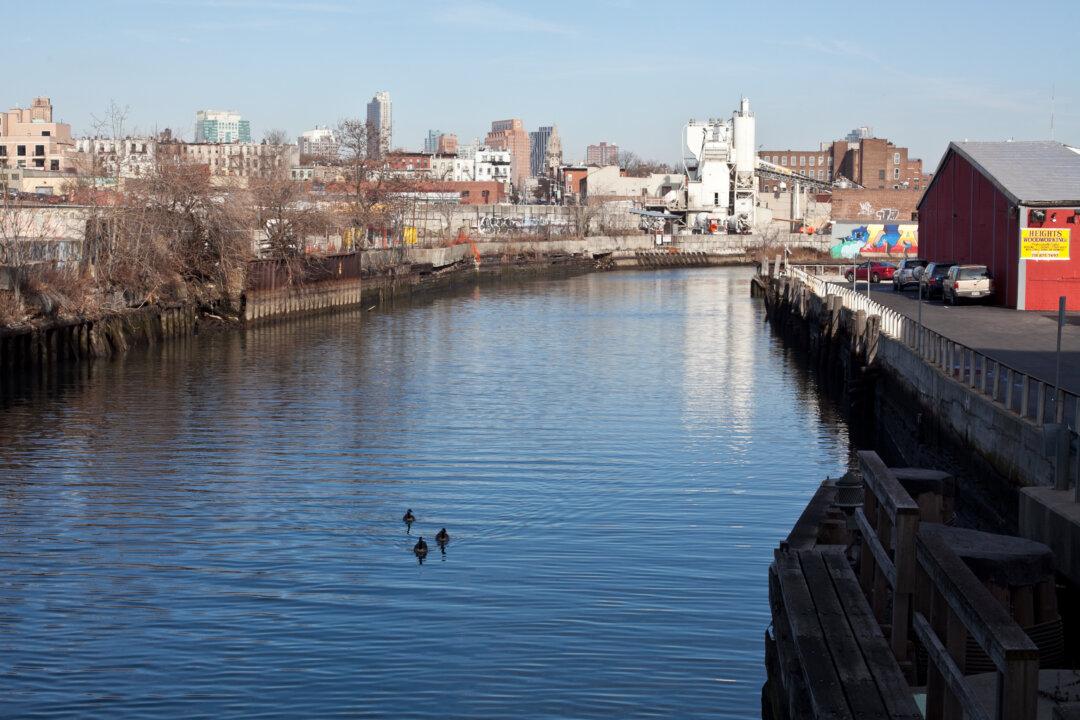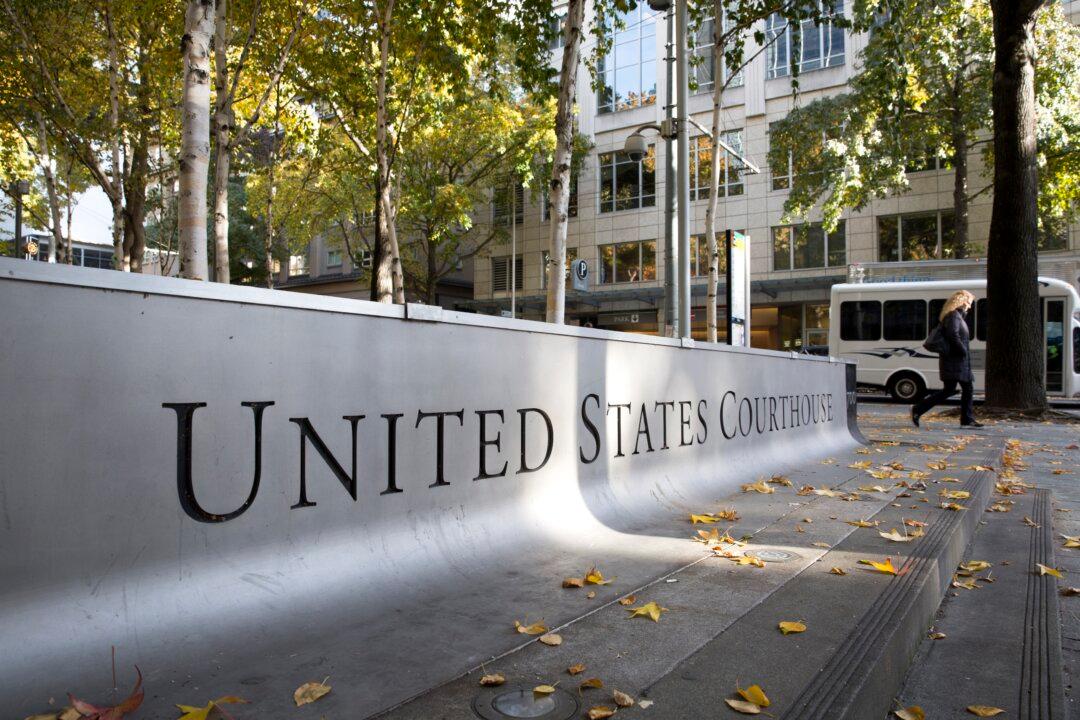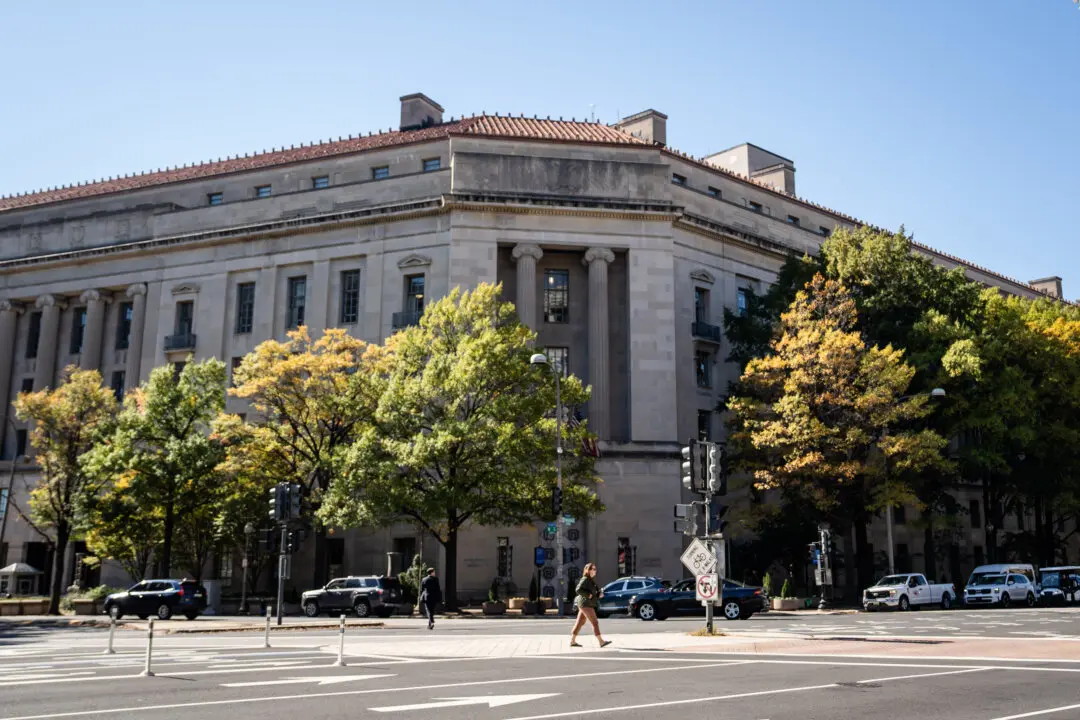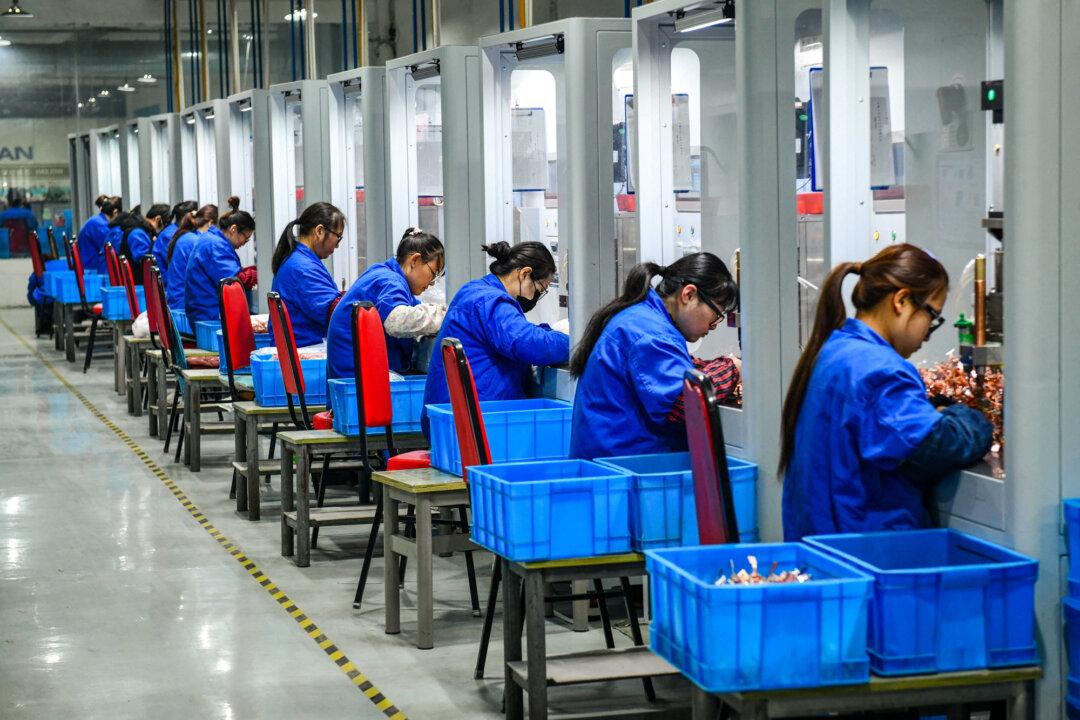NEW YORK—Plans for the cleanup of Gowanus Canal have been finalized, officials said on Sept. 30.
The cleanup will include dredging some 600,000 cubic yards of sediment and sludge from the bottom of the 1.8-milelong waterway, which was designated a Superfund site in 2010.
EPA Regional Director Judith Enck said cleanup is expected to take 8-10 years and will involve dredging the canal an average of 10 feet down to remove loose, contaminated sediment. Once the sediment layer is removed the canal floor will be sealed with clay, gravel, and sand to trap contaminants from seeping up from below.
Industrial pollutants include coal tar from former manufactured gas plants, as well as runoff from industrial plants that operated on the canal’s banks for some 150 years. The highly contaminated sediment at the bottom of the canal includes coolant and lubricant residues that medical experts say can cause cancer.
Environmental toxins are typically measured in parts per million said Enck. But the canal is so much more polluted that several toxins, such as oily coal tar, are measured in parts per hundred.
Keeping the canal clean will also require preventing storm water and sewage at treatment plants near the upper canal from entering it. When heavy rainfall overwhelms the sewage system, the storm water and human waste overflow into the canal. The EPA plan calls for the city to install enormous holding tanks to collect this sewage overflow.
Even after 8 to 10 years of cleanup the water will only be safe for boating and not for swimming or fishing. It took 150 years of industrial polluting for the canal to reach its current state and it will be decades before the water is safe for swimming, said Enck.
How quickly the cleanup gets going depends in part on the cooperation of the companies and government bodies the EPA has designated as liable for the pollution. Cleanup is expected to cost $500 million and those who are found liable are expected to cover the cost.
The EPA has designated New York City, the U.S. Navy, the U.S. Postal Service, and the U.S. General Services Administration as potentially liable as well as 29 companies including Consolidated Edison Inc., ConocoPhillips Inc., ExxonMobil Oil Corp., Citigroup, Inc., Honeywell International Inc., Kraft Foods Global Inc., and many others. The EPA and those companies found liable will apportion liability and divide up costs.
The Associated Press contributed to this report.





